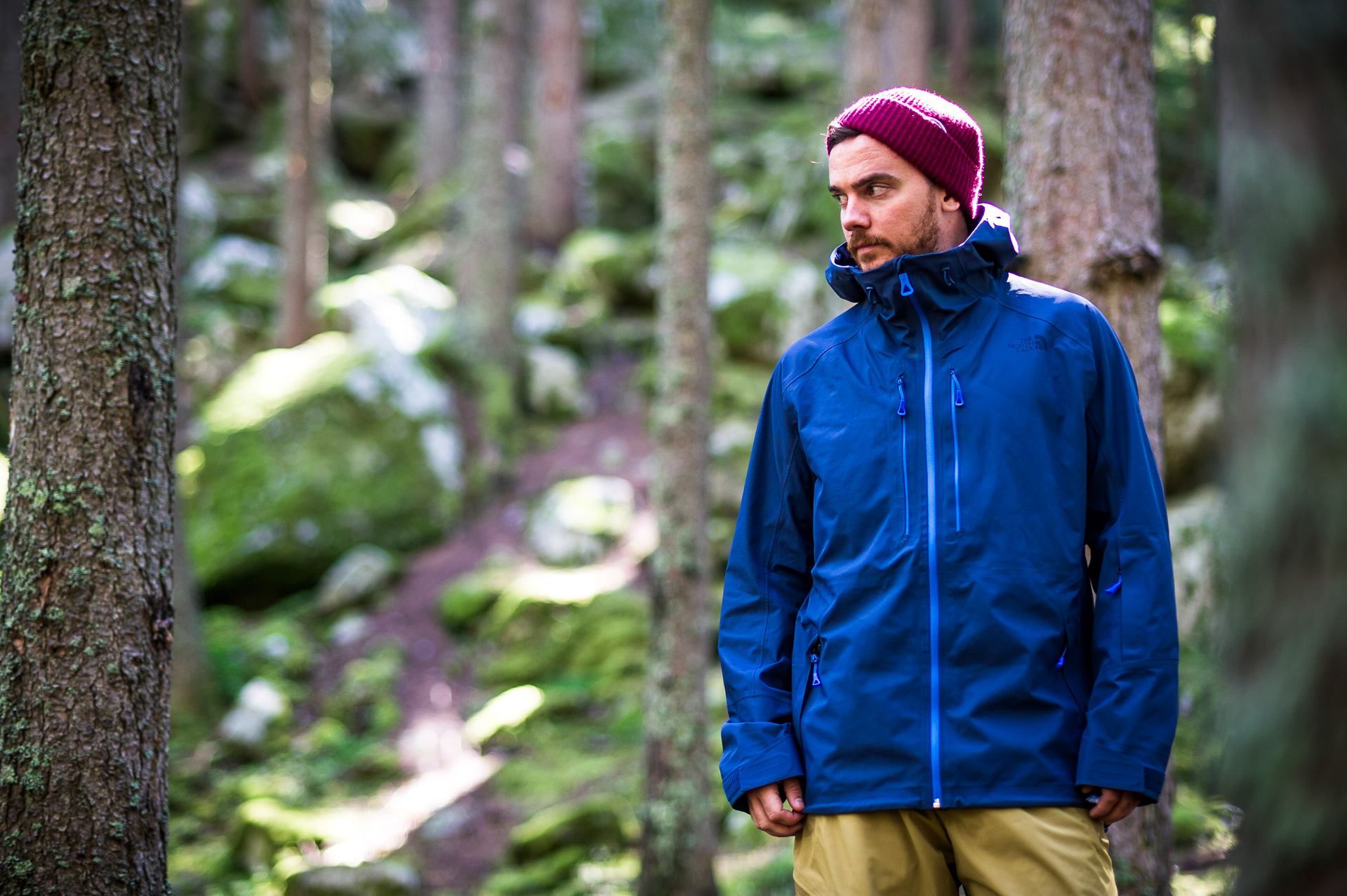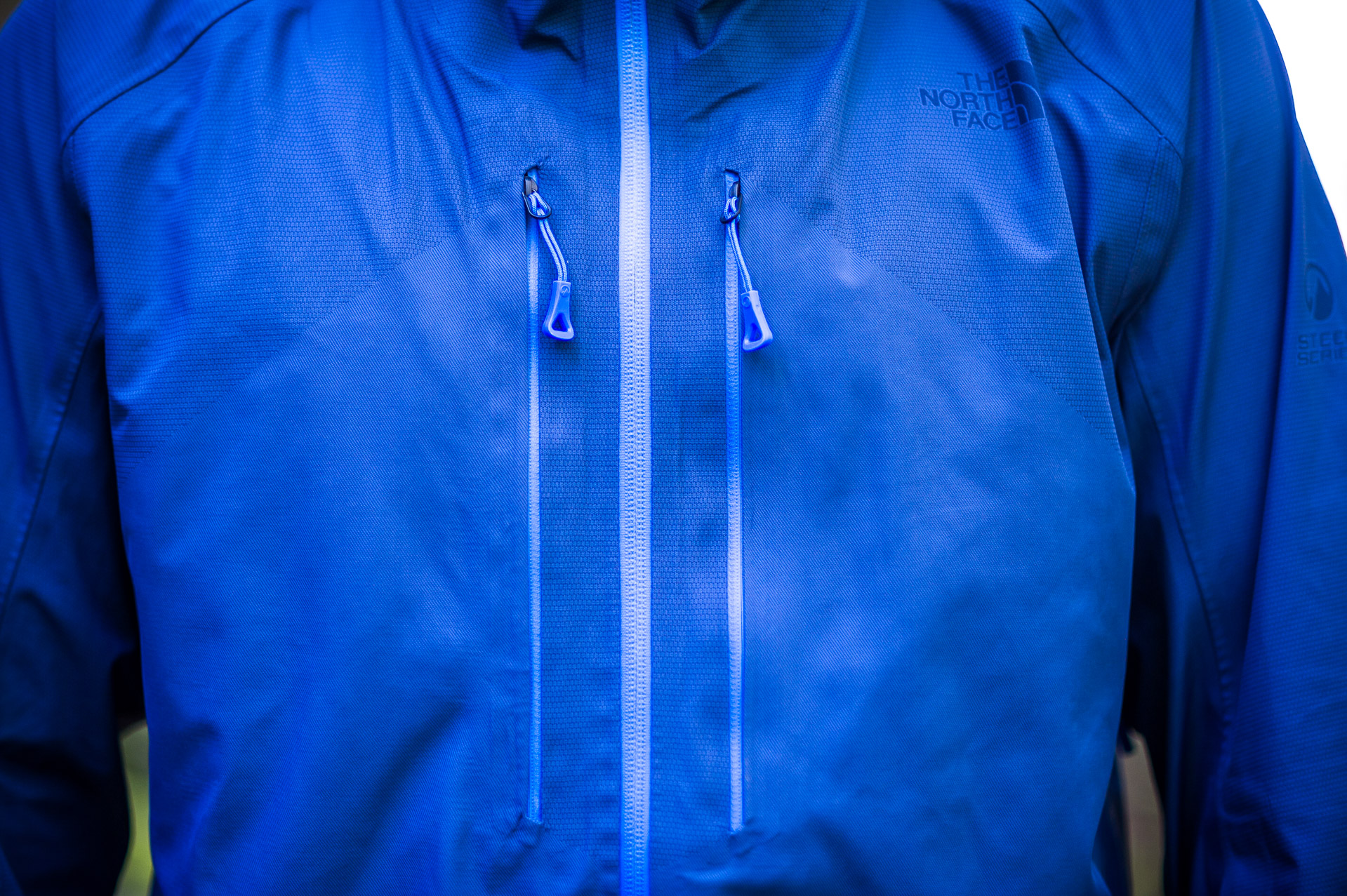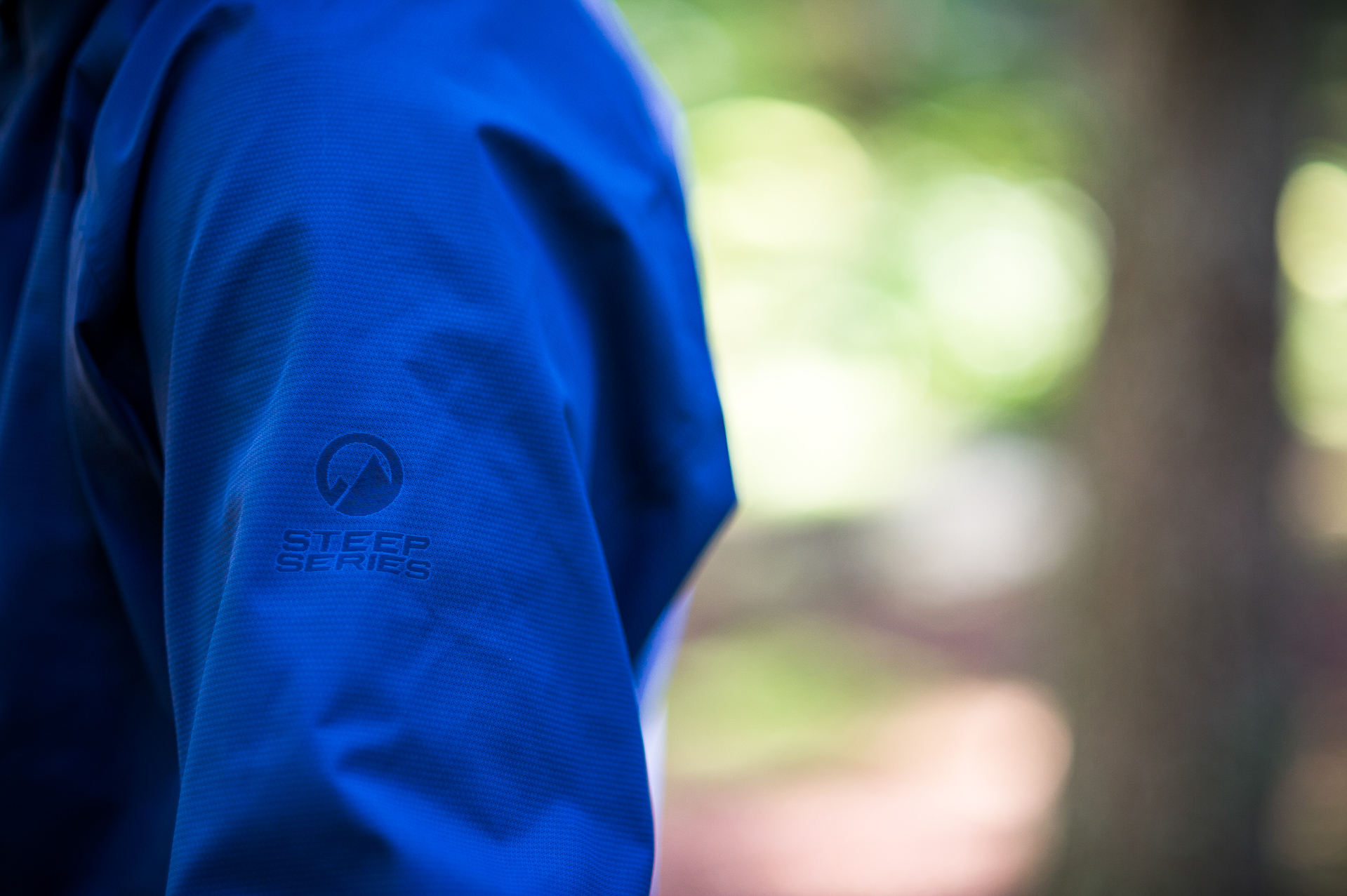The North Face was founded by San Francisco-based climbers Doug and Susie Tompkins in 1964. The couple were part of the legendary 50s and 60s West Coast climbing scene, and heavily involved in the vibrant California counterculture of the time. Famously The Grateful Dead played the grand opening of the first ever North Face store.
Along with the likes of Yvon Chouinard (a good friend who later went on to found Patagonia) the Tompkins’ helped open up climbing Meccas like Yosemite to the masses. Not only were they exploring and pioneering new routes themselves, they were inventing the kit that made it all possible – like the world’s first dome tents, designed by The North Face in 1966, which were far better in high winds than conventional designs.
“It’s tougher around the shoulders, zips pockets, arms and hood – areas that are likely to come under stress when you’re skiing, snowboarding or skinning up.”
Although Doug and Susie Tompkins left The North Face in the late 60s, the company continued their spirit of innovation, consistently pushing the envelope when it came to designing high performance outdoor kit. Their ski and snowboard-specific outerwear, which they’ve been making since the 1980s, is a case in point.
This year’s flagship North Face snowsports jacket for men is this FuseForm Three-layer Brigandine model. FuseForm refers to the technique used to make it. Using a weaving technique they describe as “revolutionary”, North Face’s garment makers have blended thicker, more durable fibres with the lightweight ones that make up most of the jacket, reinforcing it in certain key places. This means it’s tougher around the shoulders, zips pockets, arms and hood – areas that are likely to come under stress when you’re skiing, snowboarding or skinning up. The technique also minimises the number of seams in the jacket.







